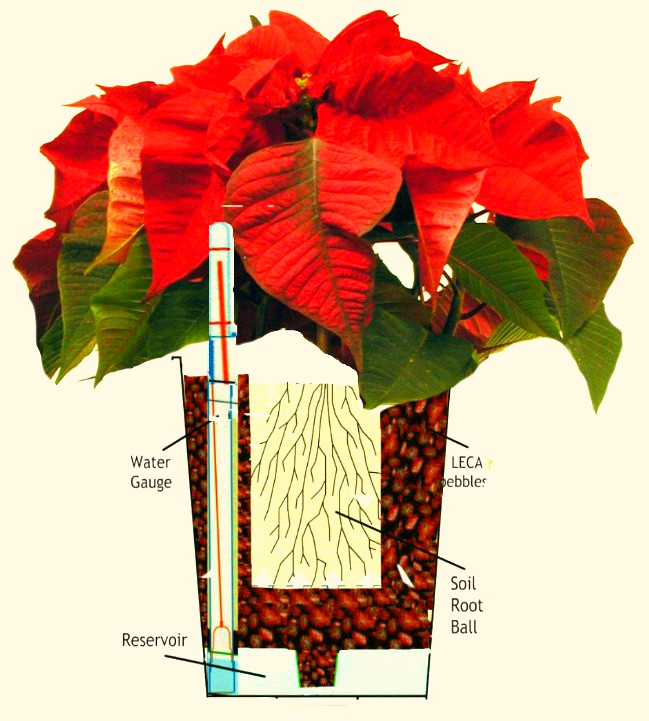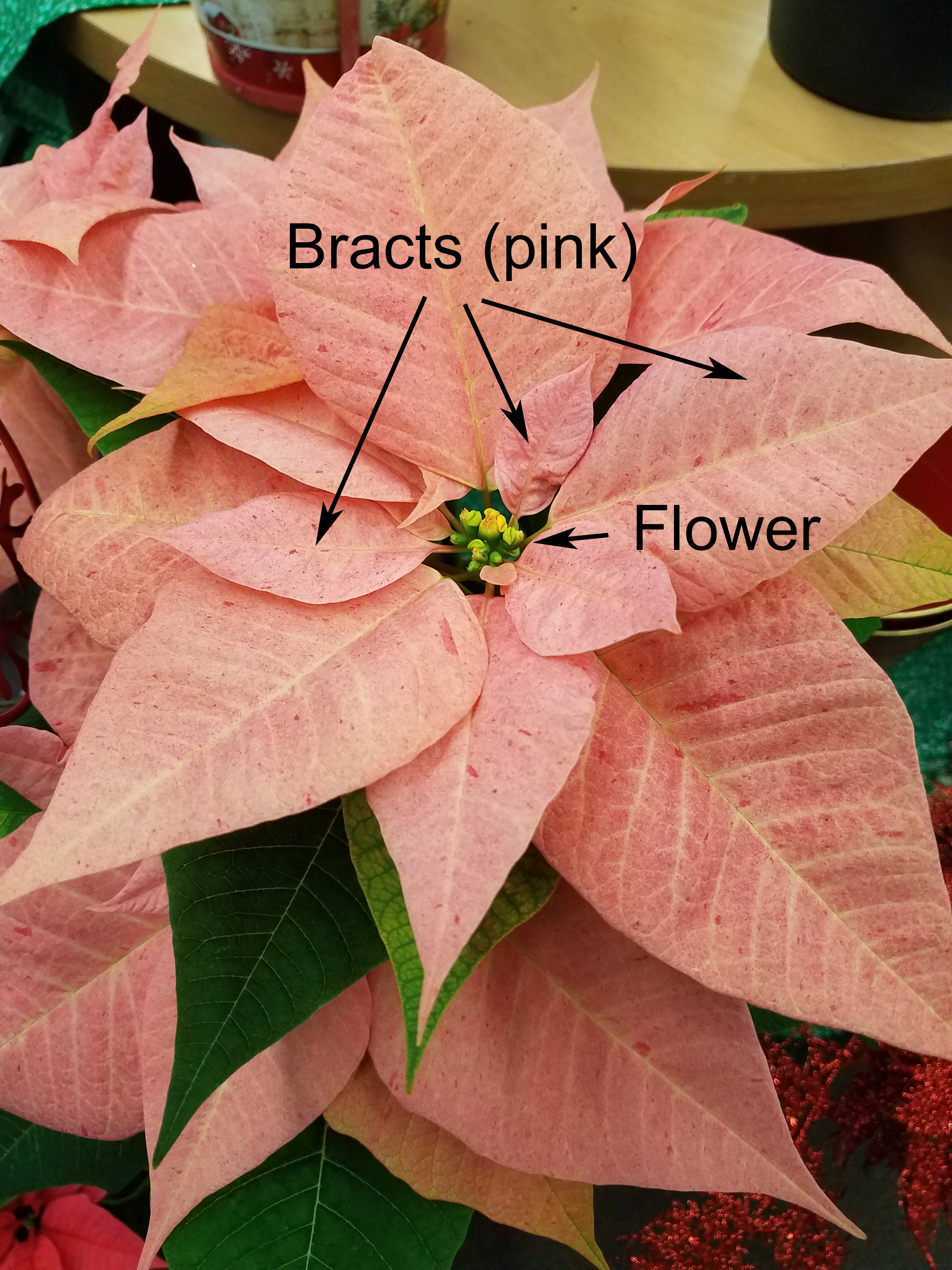Choosing the Perfect Poinsettia: What to Look for When Selecting Your Plant
Selecting a healthy poinsettia plant is crucial to ensure it thrives throughout the holiday season. When choosing a poinsettia, look for plants with vibrant, brightly colored bracts and dark green leaves. Avoid plants with wilted or yellowing leaves, as this can be a sign of overwatering or root rot. Check the plant’s stems for signs of damage or weakness, and opt for a plant with a sturdy, compact shape. A healthy poinsettia plant will have a full, bushy appearance with no signs of pests or diseases. By choosing a healthy plant, you’ll be well on your way to learning how to take care of poinsettia and enjoying its beauty throughout the holiday season. Remember, a little extra care in the selection process can make a big difference in the long run.
Lighting and Temperature: The Ideal Conditions for Your Poinsettia
To keep your poinsettia plant thriving, it’s essential to provide it with the right lighting and temperature conditions. Poinsettias require bright, indirect light to maintain their vibrant color and promote healthy growth. Direct sunlight can cause the leaves to fade and the plant to become scorched, so it’s best to place your poinsettia near a sunny window or under grow lights. In terms of temperature, poinsettias prefer daytime temperatures between 65-70°F (18-21°C) and slightly cooler nighttime temperatures around 60-65°F (15-18°C). Avoid placing your poinsettia near heating vents, fireplaces, or drafty windows, as this can cause the plant to dry out and drop its leaves. By providing your poinsettia with the right lighting and temperature conditions, you’ll be well on your way to learning how to take care of poinsettia and enjoying its beauty throughout the holiday season.
Watering Your Poinsettia: How to Avoid Overwatering and Root Rot
Proper watering is crucial to keep your poinsettia plant healthy and thriving. Overwatering is one of the most common mistakes that can lead to root rot and kill your plant. To avoid this, check the soil moisture by sticking your finger into the soil up to the first knuckle. If the soil feels dry, it’s time to water your poinsettia. Water your plant thoroughly, making sure the pot drains well to prevent waterlogged soil. Avoid getting water on the leaves or crown of the plant, as this can cause fungal diseases. It’s also essential to monitor the plant’s response to watering, as poinsettias may require more or less water depending on the temperature and humidity of their environment. By learning how to take care of poinsettia and watering your plant correctly, you can prevent root rot and keep your poinsettia healthy throughout the holiday season.
Fertilizing Your Poinsettia: The Importance of Nutrient-Rich Soil
Fertilizing your poinsettia plant is essential to provide it with the necessary nutrients for healthy growth and vibrant color. A balanced fertilizer with equal parts nitrogen, phosphorus, and potassium (N-P-K) is ideal for poinsettias. Apply the fertilizer once a month, starting from the time you bring your plant home and continuing until the end of the blooming season. Avoid overfertilizing, as this can cause more harm than good. It’s also important to note that poinsettias have different nutrient requirements during different stages of their growth cycle. During the blooming season, poinsettias require more phosphorus to promote flower production. By learning how to take care of poinsettia and providing your plant with the right nutrients, you can encourage healthy growth and prolong the blooming period. Additionally, fertilizing your poinsettia regularly can help prevent nutrient deficiencies that can lead to pest and disease problems.
Poinsettia Pruning and Grooming: How to Keep Your Plant Looking Its Best
Pruning and grooming are essential steps in how to take care of poinsettia plants. Regular pruning helps maintain the plant’s shape, promotes bushy growth, and encourages new blooms. To prune your poinsettia, start by removing any dead or damaged leaves or stems. Cut back the stems to about 4-6 inches from the pot’s rim, making sure to cut just above a leaf node. This will help the plant grow new stems and produce more flowers. Additionally, remove any weak or spindly growth to direct the plant’s energy towards producing more blooms. Grooming your poinsettia also involves dusting the leaves with a soft brush to remove any dirt or debris that may accumulate. By pruning and grooming your poinsettia regularly, you can keep your plant looking its best throughout the holiday season and beyond.
Pest Control and Common Problems: How to Identify and Treat Poinsettia Pests
When it comes to how to take care of poinsettia plants, pest control is an essential aspect to consider. Poinsettias can be susceptible to various pests, including mealybugs, spider mites, and scale. These pests can cause significant damage to the plant, leading to yellowing leaves, stunted growth, and reduced blooming. To identify pest infestations, inspect your plant regularly for signs of pests, such as white, cottony patches on the leaves or stems, or tiny, moving dots on the underside of the leaves. If you suspect a pest infestation, isolate the plant immediately to prevent the pests from spreading to other plants. Treat the infestation promptly by spraying the plant with insecticidal soap or neem oil, and repeat the treatment as necessary to ensure the pests are fully eradicated. Additionally, maintain good hygiene practices, such as washing your hands before handling the plant, to prevent the spread of pests. By being vigilant and taking prompt action, you can protect your poinsettia from common pests and ensure it remains healthy and thriving throughout the holiday season.
Reblooming Your Poinsettia: How to Encourage Your Plant to Bloom Again
To rebloom your poinsettia plant, it’s essential to provide the right conditions and care. Start by pruning your poinsettia in late March or early April, cutting back the stems to about 4-6 inches from the pot’s rim. This will help the plant produce new growth and encourage blooming. Next, provide your poinsettia with bright, indirect light and maintain a consistent temperature between 65-70°F (18-21°C). Water your plant regularly, but avoid overwatering, which can lead to root rot. Fertilize your poinsettia with a balanced fertilizer in the spring and summer months to promote healthy growth. As the days shorten in the fall, reduce watering and fertilization to encourage the plant to produce flowers. With proper care and attention, your poinsettia plant should rebloom in time for the next holiday season, providing you with a beautiful and festive display. By following these steps, you can successfully rebloom your poinsettia and enjoy its vibrant colors for years to come. Remember, how to take care of poinsettia plants requires patience, attention to detail, and a commitment to providing the right conditions for optimal growth and blooming.
Year-Round Poinsettia Care: Tips for Keeping Your Plant Healthy Beyond the Holiday Season
While poinsettia plants are often associated with the holiday season, they can be enjoyed year-round with proper care. To keep your poinsettia plant healthy beyond the holidays, it’s essential to transition it to outdoor care and provide the right conditions for growth. Start by moving your poinsettia plant to a location with bright, indirect light and temperatures between 65-70°F (18-21°C). Water your plant regularly, but avoid overwatering, which can lead to root rot. Fertilize your poinsettia with a balanced fertilizer in the spring and summer months to promote healthy growth. As the weather warms up, you can move your poinsettia plant outdoors to a location with partial shade and well-draining soil. Prune your plant regularly to maintain its shape and promote bushy growth. By following these tips, you can enjoy your poinsettia plant year-round and ensure it remains healthy and thriving. Remember, how to take care of poinsettia plants requires attention to detail and a commitment to providing the right conditions for optimal growth. With proper care, your poinsettia plant can provide beauty and joy for years to come.







